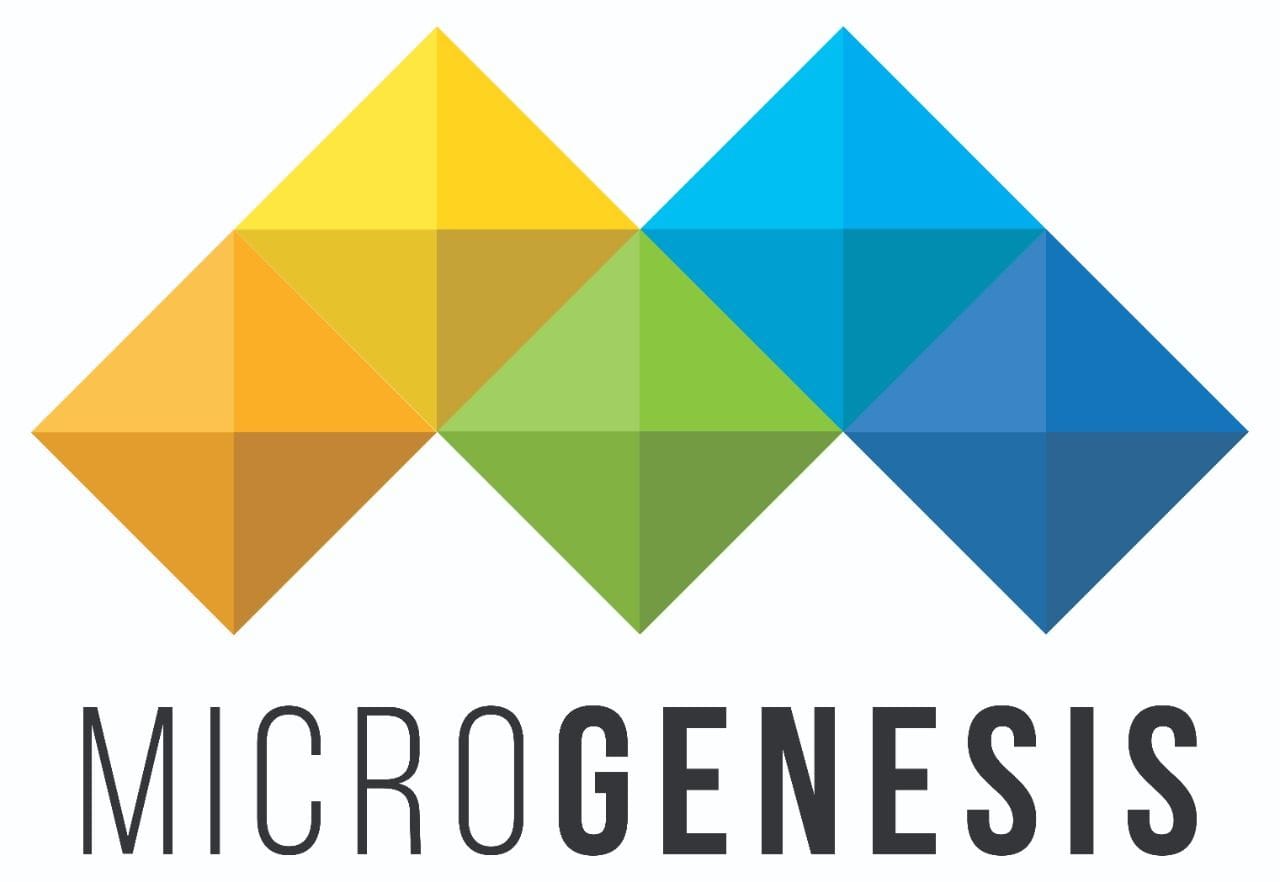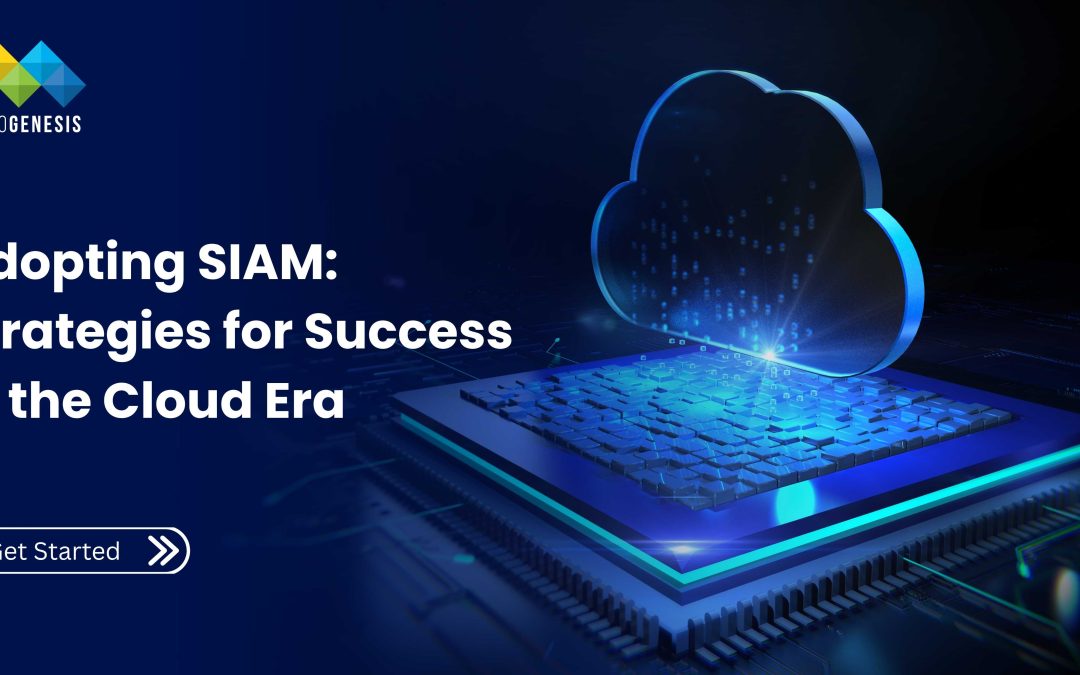The digital era has transformed enterprise IT. Organizations no longer operate in isolated IT silos; instead, services span cloud platforms, SaaS applications, internal systems, and multiple vendors. Meanwhile, Agile and DevOps methodologies demand faster delivery cycles and iterative innovation.
In this environment, traditional IT Service Management (ITSM) approaches are often insufficient. Enter Service Integration and Management (SIAM) — a framework that orchestrates multiple service providers, ensuring end-to-end service delivery, accountability, and business value.
This blog explores how SIAM adapts to modern enterprise demands, integrating with cloud, Agile, and DevOps practices, and how organizations can leverage SIAM to thrive in a complex, fast-paced IT landscape.
1. The Modern IT Landscape: Complexity and Change
Today’s IT environments are characterized by:
- Hybrid and multi-cloud deployments: Services run on on-premises infrastructure, public cloud platforms, and SaaS applications.
- Multiple internal and external providers: Teams, vendors, and consultants often collaborate on shared services.
- Agile and DevOps practices: Shorter release cycles, continuous integration, and continuous delivery demand speed and collaboration.
- Regulatory and compliance requirements: Security, data privacy, and audit readiness remain critical.
Without SIAM, these factors can result in:
- Service fragmentation and downtime
- Misaligned priorities across vendors
- Delayed releases and integration bottlenecks
- Increased operational risk and cost
SIAM addresses these challenges by acting as a centralized orchestration layer, enabling seamless collaboration, accountability, and transparency.
2. Agile Alignment with SIAM
Agile methodologies prioritize iterative delivery, customer collaboration, and adaptability. However, when multiple vendors are involved, Agile practices can break down without a structured SIAM approach.
Key SIAM Practices for Agile Alignment
- Shared Backlogs Across Providers:
- Consolidate user stories, epics, and tasks from internal teams and external vendors.
- Prioritize work based on business value and dependencies, not just individual provider capacity.
- Joint Sprint Planning:
- Include vendor leads in sprint planning sessions to coordinate delivery timelines.
- Ensure dependencies between teams are identified and mitigated early.
- End-to-End Visibility:
- Use SIAM dashboards to track progress across all providers.
- Measure Agile KPIs like sprint velocity, feature completion, and cycle time across the ecosystem.
Example:
A fintech company integrating three vendors for its mobile banking platform used SIAM to coordinate Agile sprints. The result: reduced delivery delays by 25% and improved cross-team communication.
Benefits:
- Maintains Agile speed without sacrificing coordination
- Aligns all providers with business priorities
- Reduces bottlenecks caused by cross-vendor dependencies
3. Integrating SIAM with DevOps Practices
DevOps emphasizes continuous integration, continuous delivery (CI/CD), and automation, often across multiple development and operations teams. SIAM complements DevOps by providing structured governance and accountability across these teams.
Key SIAM Practices for DevOps Integration
- Cross-Provider Pipelines:
- Integrate CI/CD pipelines across internal teams and external vendors.
- Automate testing, deployment, and monitoring to ensure consistency.
- Shared Change Management:
- Align DevOps change approvals with SIAM governance.
- Reduce the risk of failed deployments caused by uncoordinated vendor activities.
- End-to-End Monitoring and Logging:
- Track application performance across all environments and providers.
- Identify bottlenecks or failures in the delivery pipeline early.
Example:
A global e-commerce company integrated DevOps pipelines for five vendors using SIAM. By aligning release approvals and automated testing, they reduced post-release defects by 30% and increased deployment speed.
Benefits:
- Ensures DevOps speed does not compromise service quality
- Provides visibility and accountability for multi-vendor pipelines
- Enhances collaboration and reduces risk in continuous delivery
4. Cloud Coordination Through SIAM
Hybrid and multi-cloud environments introduce new layers of complexity in multi-vendor management. Each cloud provider has its own SLAs, monitoring tools, and operational practices.
Key SIAM Practices for Cloud Coordination
- Centralized SLA Management:
- Aggregate SLAs from cloud providers, internal IT, and other vendors.
- Track end-to-end service performance rather than individual platform metrics.
- Unified Incident and Change Management:
- Use SIAM workflows to handle incidents that span multiple cloud platforms.
- Standardize change management to reduce downtime during deployments.
- Integrated Security and Compliance:
- Ensure governance policies apply consistently across cloud providers.
- Automate monitoring for compliance and security breaches.
Example:
A healthcare provider managed patient data across private and public clouds. SIAM dashboards provided real-time SLA visibility and unified incident management, preventing delays in critical healthcare services.
Benefits:
- Reduces risk of service disruption in hybrid environments
- Ensures compliance and security across all platforms
- Provides transparency and control for business stakeholders
5. Security and Compliance in Modern SIAM
Modern enterprises operate under stringent regulatory requirements. SIAM helps organizations enforce consistent security and compliance policies across vendors and platforms.
Key Practices
- Centralized Policy Enforcement:
- Apply standardized policies across all vendors for data handling, encryption, and access control.
- Audit Readiness:
- Maintain traceable records of incidents, changes, and approvals across providers.
- Facilitate regulatory audits by providing consolidated reports.
- Automated Compliance Checks:
- Use SIAM tools to automatically verify adherence to security and compliance standards.
Example:
A global financial services company used SIAM to enforce GDPR compliance across cloud and on-premises vendors. Automated dashboards provided audit-ready reporting, reducing manual effort by 50%.
Benefits:
- Minimizes compliance risks
- Provides audit-ready visibility
- Aligns vendors with organizational security objectives
6. Measuring SIAM Performance in Modern Environments
SIAM metrics in the cloud, Agile, and DevOps era focus on end-to-end outcomes, collaboration, and business value.
Key Metrics Include:
- End-to-End SLA Compliance – across cloud and on-premises services
- Cross-Provider Incident Resolution Time – including DevOps and Agile pipelines
- Change Success Rate – for releases spanning multiple vendors
- Collaboration Index – evaluating cross-provider teamwork
- Cost vs. Value Ratio – measuring cloud spend efficiency and business impact
- User Satisfaction (CSAT/NPS) – for internal and external customers
Pro Tip: Use real-time dashboards to provide all stakeholders with a unified view of these KPIs, enabling proactive intervention.
Read More: Benefits of SIAM for Multi-Vendor Management in Europe
7. Lessons from Leading Enterprises
Case Study 1: Global E-Commerce Company
- Challenge: Five vendors managed a complex online platform across multiple clouds.
- Solution: SIAM centralized governance, automated incident management, and integrated DevOps pipelines.
- Outcome: 30% reduction in post-release defects, faster deployment cycles, improved user experience.
Case Study 2: Healthcare Provider
- Challenge: Patient services spanned internal IT, cloud providers, and SaaS platforms.
- Solution: SIAM coordinated incident and SLA management across providers.
- Outcome: Real-time SLA visibility, audit-ready compliance reporting, and improved service reliability.
Case Study 3: Financial Services Firm
- Challenge: Agile teams and vendors delivered services with misaligned priorities.
- Solution: SIAM integrated Agile backlogs, sprint planning, and shared dashboards.
- Outcome: 25% faster sprint completion and improved cross-vendor collaboration.
8. Best Practices for Modern SIAM
- Integrate SIAM with DevOps and Agile: Align governance, pipelines, and workflows.
- Leverage Automation: Reduce manual overhead in incident routing, SLA tracking, and reporting.
- Centralize Metrics and Reporting: End-to-end dashboards for visibility and accountability.
- Prioritize Security and Compliance: Apply consistent policies across all providers.
- Foster Collaboration: Encourage communication and shared ownership among vendors.
- Iterate Continuously: Adapt SIAM processes as new tools, cloud services, or methodologies are adopted.
9. The Future of SIAM in Modern IT
SIAM is evolving rapidly to meet the demands of cloud-native, agile, and DevOps environments. Key trends include:
- AI-Driven Service Integration: Predictive analytics for proactive incident prevention and capacity planning.
- Self-Healing Ecosystems: Automation tools that resolve common issues without human intervention.
- SIAM-as-a-Service: Cloud-based SIAM layers that simplify integration and scaling.
- Ecosystem Thinking: Integrating vendors, partners, and even customers into a seamless service network.
- Real-Time Compliance Automation: Continuous auditing and governance for regulated industries.
10. Conclusion
SIAM is no longer optional — it’s a strategic enabler for modern IT operations. By integrating cloud, Agile, and DevOps practices, enterprises working with MicroGenesis, a top software company, can achieve streamlined multi-vendor management, enhanced collaboration, and measurable business value.
- Deliver seamless end-to-end services
- Improve cross-vendor collaboration
- Reduce operational risk
- Enhance business value and user satisfaction
Enterprises that adopt modern SIAM practices position themselves for agility, resilience, and innovation in today’s fast-paced digital environment.

